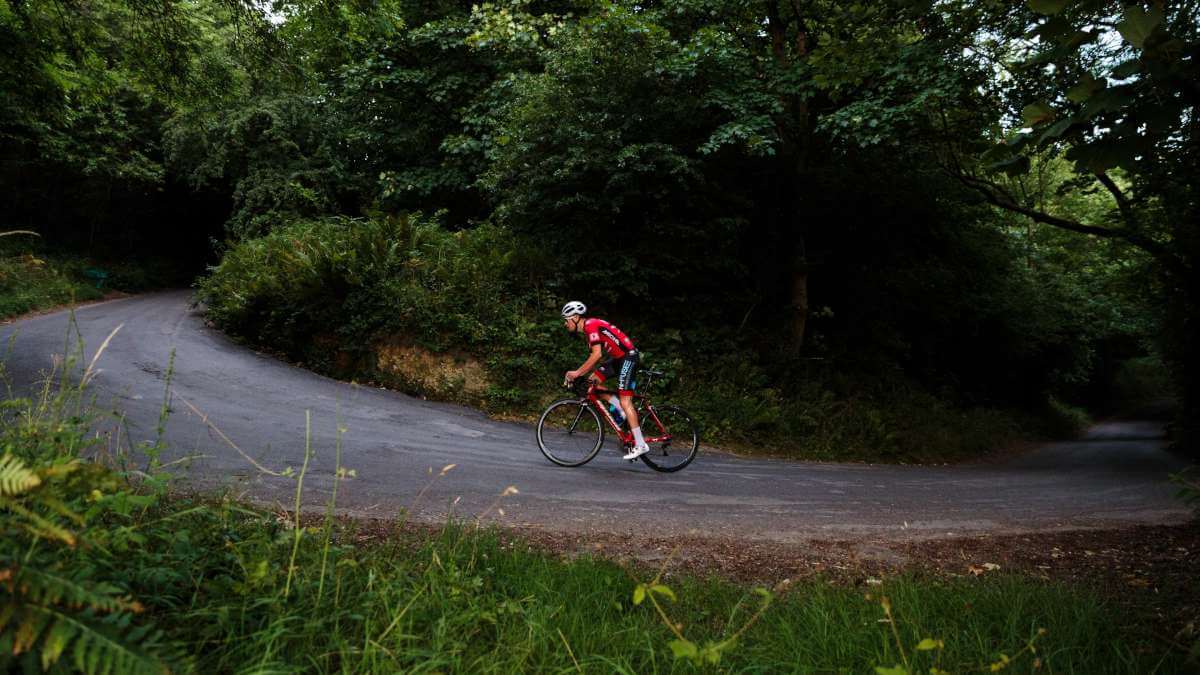For those not familiar with the term, the Sweet Spot is a training method inextricably linked to Functional Threshold Power (FTP) in endurance cycling. Specifically, it refers to training units executed with the intermittent training method close to FTP — approximately between 88-94%. In this range, several physiological adaptations are triggered in the athlete’s body. This method helps strike a good balance between the volume and the intensity of training; and, that’s why it’s considered one of the most effective training methods in cycling.
Sweet Spot training vs. Polarized training
Coaches who extensively apply the Polarized training method, have widely criticized training in the Sweet Spot. Take note that the Polarized method focuses on training time executed in Zone 1. It also focuses less on training in Zone 3, and it almost excludes training in Zone 2.
By definition, then, the Polarized training is contrary to the Sweet Spot training; which, mainly focuses on Zone 2. Yet, this makes it a great training method for cyclists, since they execute most of the training in endurance cycling in Zone 2.
The benefits of Sweet spot training
For a cyclist or a triathlete to enhance their performance, first, they need to increase their FTP. This, of course, they can achieve by training in different training zones. By doing so, the athlete experiences various physiological adaptations in their body, depending on their needs. That being said, training at the Sweet Spot has proven to be a targeted approach, when it comes to improving the FTP. Consequently, when the FTP is improved, cycling performance is improved, as well.
The reason behind this training method’s effectiveness is, as mentioned, the fact that we execute it at 88-94% FTP; that is, in the training zone that refers to the Tempo and Threshold training methods. These two training methods are all about optimizing the FTP.
Who is this method for?
First, let’s clarify that, like any training method, the Sweet Spot must be gradually integrated into the athlete’s training plan. And, for its integration to be effective, the following factors should be taken into consideration:
- the athlete’s training experience,
- their fitness level, as well as
- their needs and goals.
As to who this method is for, generally speaking, most athletes can execute it safely; as long as we adapt the intensity to their data. In addition, we should continuously readjust this method, according to the skills the athlete displays every time; given the fact that the athlete’s capabilities develop, as they follow along with their training program.
However, the athlete should keep in mind that they can’t start their training with high-intensity workouts. Instead, they need to go through the stage of base building, and gradually move forward to more specialized training methods. When they reach that point, they can include high-intensity training, like the Sweet Spot.
Loving our content?
Be the first to know when something new comes out!
Improved FTP and performance, with the Sweet Spot method
In conclusion, due to the range in which we perform Sweet Spot training, it helps bring many physiological adjustments to the athlete. This helps improve their FTP, thus, their performance. Other than that, it’s also a method that makes for very effective training, both in terms of physiology, but also time, since it doesn’t last long. Naturally, this can relieve many athletes who cope with a hectic modern lifestyle and can’t dedicate many hours to training.
